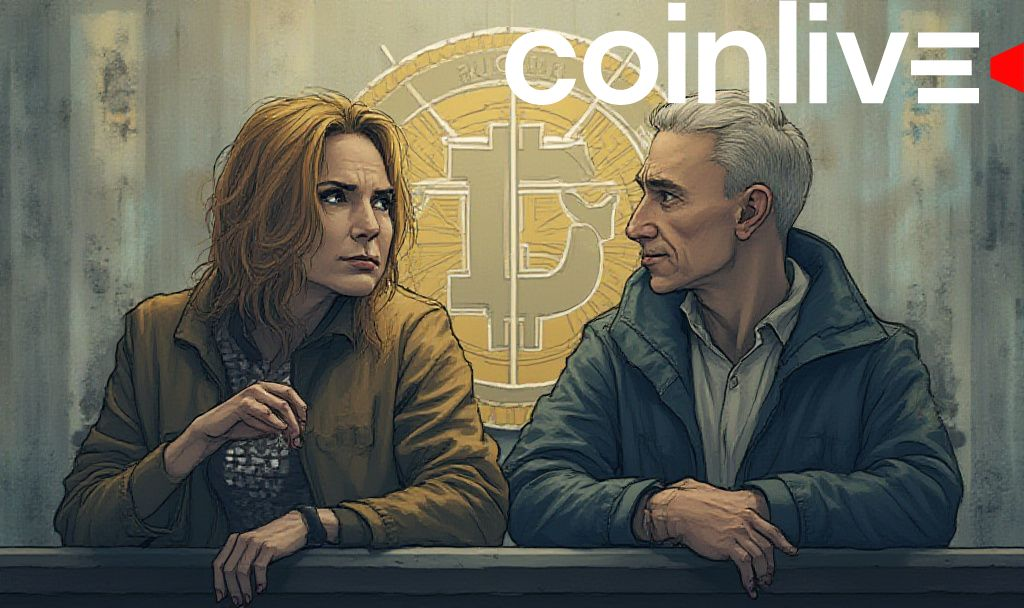- Main focus on developing domestic stablecoin amid USDT freeze.
- No immediate price change in global crypto markets.
- Local liquidity shifts as Russian exchanges adapt.

The potential development of a Russian stablecoin arises from recent USDT restrictions impacting local exchanges. It highlights efforts to reduce dependency on foreign stablecoins.
The Russian Finance Ministry, responding to a Tether freeze worth approximately $30 million due to sanctions, is evaluating new financial tools. Osman Kabaloev confirmed these plans in a public statement, emphasizing the need for domestic alternatives.
“We do not impose restrictions on the use of stablecoins within the experimental legal regime. Recent developments have shown that this instrument can pose risks for us. This leads us to consider the need to develop internal instruments akin to USDT, potentially pegged to other currencies.” – Osman Kabaloev
Sanctions led to halted operations at exchanges like Garantex, affecting local liquidity. Russian markets saw a decline in USDT transactions and increased interest in ruble-based stablecoins. This situation underscores significant shifts in financial flows within the Russian blockchain sector.
Immediate effects include disrupted crypto exchanges and increased demand for ruble-pegged alternatives. Political and financial implications involve a shift towards reducing reliance on dollar-pegged stablecoins, aiming to stabilize internal markets amidst international pressure.
Without major global price disruptions, local adaptations are crucial. Russian crypto circles explore new stablecoin solutions, although skepticism surrounds potential state control and international acceptance challenges.
Data-driven insights suggest ongoing regulatory, financial, and technological adaptations in Russia. External sanctions accelerate exploration of alternative crypto rails, marking a pivotal moment for domestic crypto policy evolution, with potential for longer-term market restructuring.








